6 Benefits of a Consistent Mobility Training – AND – How Self-Myofascial Release Saved Me from Surgery
I’m writing this blog because I want to talk about the benefits of mobility training especially when addressing muscle restriction. These mobility exercises were able to transform the musculature of my body and transform my shoulder from chronically tight and painful to mobile, flexible, and MUCH stronger. I’ll cover:
- What Happened When I Neglected Mobility Training?
- How Mobility Training Can Benefit You After An Injury
- What Did Mobility Excersiese Make Me Realize?
- The Benefits of Self-Myofascial Release On Mobility
- Additional Resources (Free Follow Along Videos)
What Happened When I Neglected Mobility Training?
I need to give a brief intro on my exercise history in order to tell this story properly. I was a lacrosse player in high school and college, where I did mostly strength training in the form of bodybuilding, but this severely neglected my flexibility and mobility – causing pain, tightness, and limited range of motion of my shoulders. When I started yoga in my last year of college, I thought that this would fix the problem once and for all. While my flexibility did significantly increase through the flexibility-focused exercises found in yoga, my relative shoulder inflexibility became apparent slowly as I transitioned to an all-yoga training routine.
At the peak of my shoulder pain, I was doing handstands on an almost daily basis. The breaking point came while I was demonstrating a pose while teaching a yoga class the morning after a night out (and thus, in a severely dehydrated state). While demonstrating a handstand press, I felt a painful twang in my shoulders while lifting my feet off the ground and transferring the majority of my bodyweight into my shoulders. “Ouch,” I thought. “Hopefully I’ll be okay tomorrow.”
I wasn’t. I tried a plank the next day only to experience shooting shoulder pain. It looked like my upper body was out of commission for the time being.
How Mobility Training Can Benefit You After An Injury
After the injury, I was training with a trainer friend of mine, Paul Monje, who was starting to work on my persistent hip and shoulder flexibility through non-yoga techniques focused on mobility. Much of his material that he used with me was influenced by his training through the Gray Institute and Kelly Starrett of Mobility WOD. It was something that I hadn’t been exposed to before, and as such, it had a profound impact on me in a relatively short period of time. The exercises that we did weren’t active or extremely taxing. Rather, we were focusing on mobility techniques to help remove knots from my muscles; knots that had probably been there for years.
After doing the mobility exercises, specifically those mobility exercises focused on releasing muscle restriction (getting out muscle knots), I was back to doing planks and push-ups again, but with more bodily awareness, and much more attention paid to my shoulders. Pain I had considered a nuisance before was now something I recognized as a signal from my body that I was moving incorrectly, and slowly these pains started to go away as I focused more and more on mobility work, and addressing all of the knots through my upper body.
I realized that I wasn’t nearly as flexible as I had thought and that if I had continued in the manner that I had, I probably would have ended up needing surgery on my shoulders with a torn rotator cuff. (I’m actually somewhat convinced that I did indeed have a partial tear, but thankfully I’ve been able to avoid surgery by doing the proper strengthening and mobility exercises.)
Looking For A Program?
If you’re looking to start a yoga routine to lose weight, gain muscles, flexibility, and strength, Man Flow Yoga offers on-demand structured programs that complement your lifestyle and schedule. Sign-up below!
Signup for the FREE 7-Day Challenge
What Did Mobility Excersiese Make Me Realize?
- There were TONS of unaddressed knots in my body, many that had probably been there for years but I had just not known about.
- These knots were severely restricting my ability to build strength and flexibility. It was like functioning at 80% of full capacity.
- My chest was TIGHT from all of the bench press that I had done between the ages of 16 and 22. Even though I wasn’t doing anything other than push-ups for chest at this point, there were knots in my pectoral muscles leftover from my bench press days YEARS later.
- Certain muscles of my rotator cuff were in knots. The rotator cuff is an extremely important group of muscles that allows your shoulder to function normally, and is responsible for lifting your arm overhead (among other things). Within this group of 5-6 muscles, my teres major (a relatively thick muscle) seemed like it was one big, angry knot, which meant that the smaller muscles that performed the same function as the teres major were being overworked.
- Foam rolling was not enough. Foam rolling was good for getting larger, easily-accessible muscles, like quads (thighs) or glute max (butt), but the foam roller was not suited for targeting hard-to-reach or smaller muscles, like the hip flexor (psoas), pec minor (chest), rotator cuff (shoulder), rhomboids (shoulder blades) or forearms.
The Benefits of Self-Myofascial Release On Mobility
The main bulk of mobility work I was doing fell under the category of “self-myofascial release”, or SMR for short. SMR is a type of mobility work that addresses muscle restriction, which refers to muscle that is inactive because it is trapped in a knot. When you do a stretch or a pose, the fibers of your muscle that are pliable (able to be stretched – functioning the way that they are supposed to) will stretch. The fibers of your muscles that have been formed into a knot, however, will not stretch.
It takes more than stretching to get these out. Aside from hiring a massage therapist or visiting a chiropractor on a daily basis, there is no better way to address these knots than by taking matters into your own hands in the form of self-myofascial release.
SMR has the potential to dramatically alter the character of your soft tissue (your muscles) for the better. SMR contributes to overall mobility in ways that stretching alone does not by removing muscle knots. It addresses trigger points, and allows the tight locked-up sections of muscles in your body that are inactive to be usable again.
What’s more, is that SMR helps to release these knots QUICKLY, and as a result, has the potential to increase your flexibility in relatively short period of time. The gains that I have seen with consistent SMR work have been nothing short of dramatic, not only with myself, but with my clients and with the participants of my 90-Day Programs.
When I started doing SMR work in conjunction with yoga, that was when the real magic began. Releasing trapped muscles is one thing, but unless you combined it with flexibility and strength work, then those knots would gradually reform. Putting SMR, yoga, and bodyweight exercise together into a single workout facilitated flexibility in addition to strength and mobility. As a result, strength increased because of increased range of motion.
Joint pain decreased because muscles were longer and there was not as much stress on the joints. Muscles that were dormant because they were trapped in a knot became active once more. Soreness decreased because muscles were more flexible. We also know that because of these results the likelihood of injury was less as well.
Let’s recap. What are the benefits of mobility training (specifically, mobility work focused on muscle restriction) if done consistently over time?
- Flexibility – WAY UP.
- Increased range of motion for increased strength potential.
- More muscle activation.
- Decreased risk of injury.
- Decreased soreness and joint pain.
- More fluid movements.
Wait…don’t these benefits look familiar? Yes! They are very similar to what you will gain from a consistent yoga practice (minus the actual strength-building involved, balance, and core strength). Adding mobility work to your yoga practice is like doubling (or even tripling or quadrupling, I’d say) the results of your yoga training.
Looking for a program?
If you haven’t done mobility work before, now is the perfect time to start. It takes a while for your body to adapt to new practices, which means that you’ll be able to get a lot of those muscle knots out and make some serious gains in your flexibility and strength before your body realizes what’s going on.
If you’re interested in starting a healthy yoga routine, Man Flow Yoga offers on-demand structured programs that complement your lifestyle and schedule. Click here to try our 7 day challenge!
Thanks for reading!
Dean
Additional Resources
Here are some of my favorite ways to Self-Myofascial Release, Check them out! Explore my Youtube channel for more free routines and guides – remember to subscribe, leave a comment, and like!
About the author, Dean Pohlman, Founder & CEO of Man Flow Yoga, Author of Yoga Fitness for Men, Expert on Yoga Fitness for Men.
Looking for non-spiritual, yoga for men workouts?
Learn More About Man Flow Yoga and how it can help you with your fitness goals:
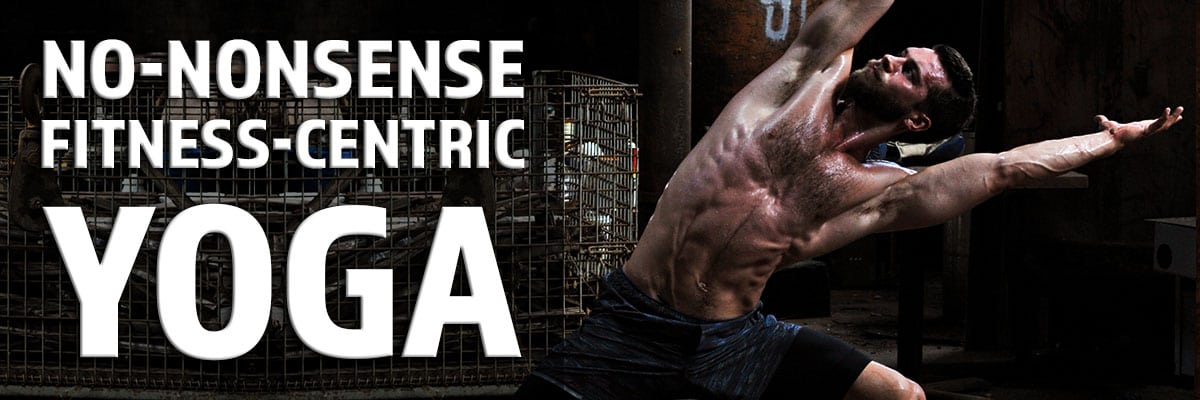 Join Today for Instant Access!
Join Today for Instant Access!
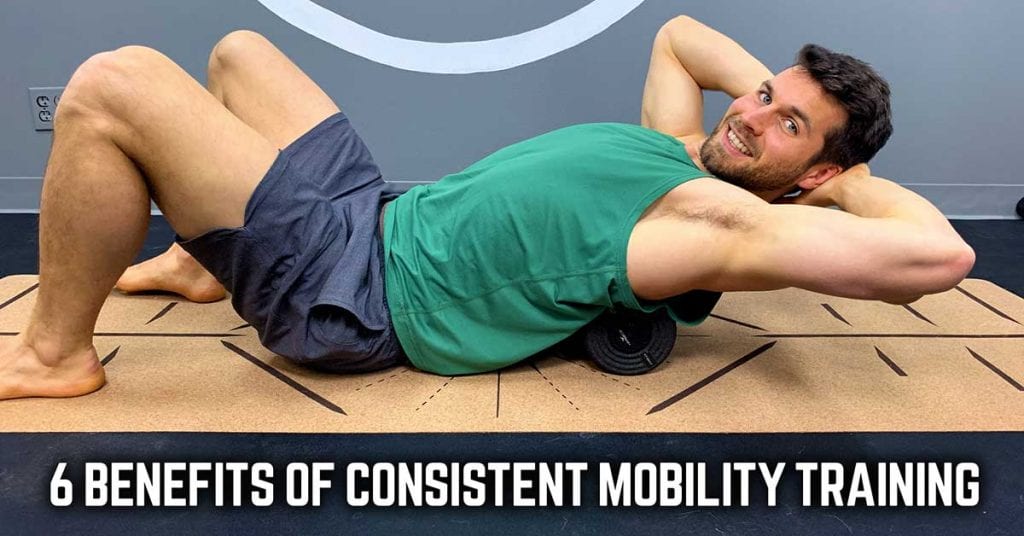

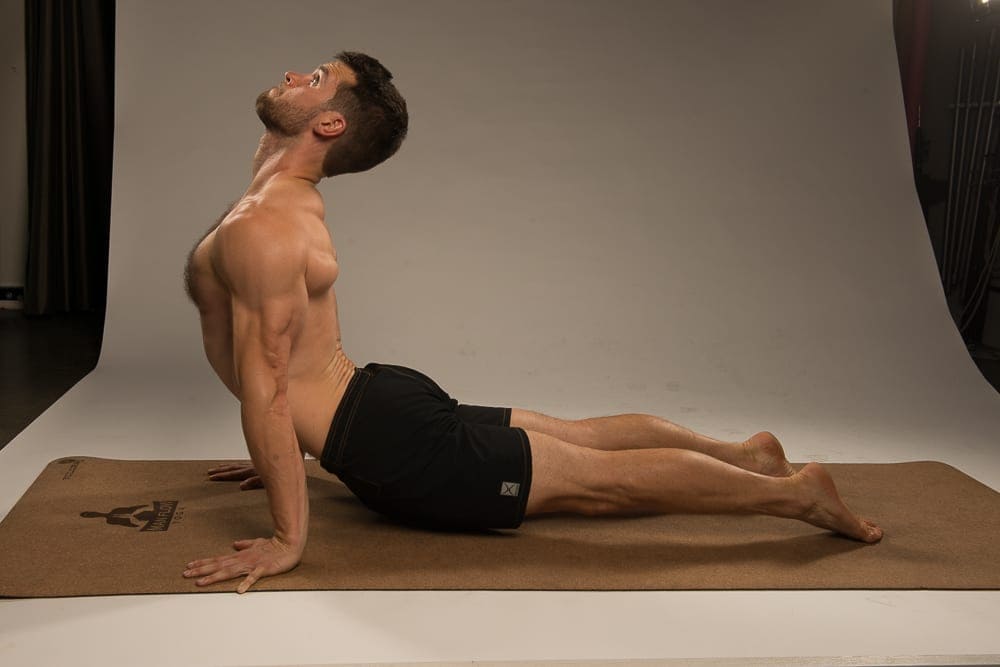
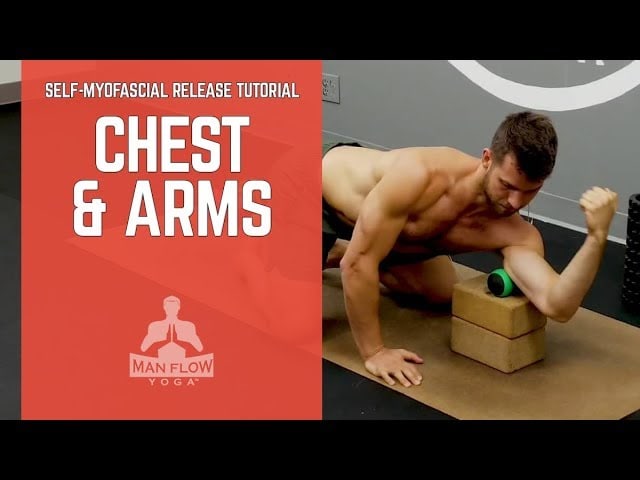
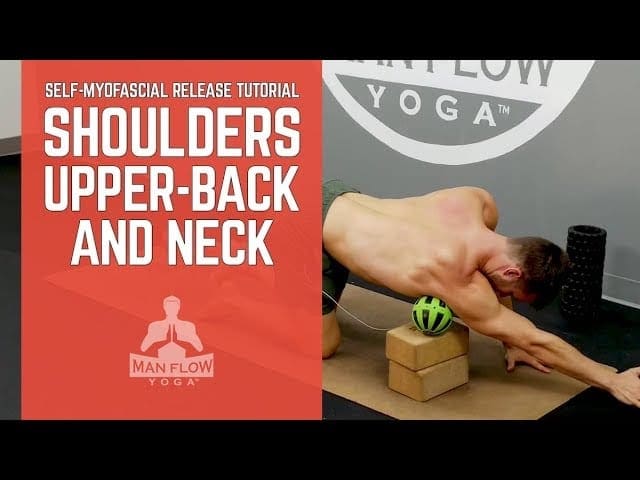
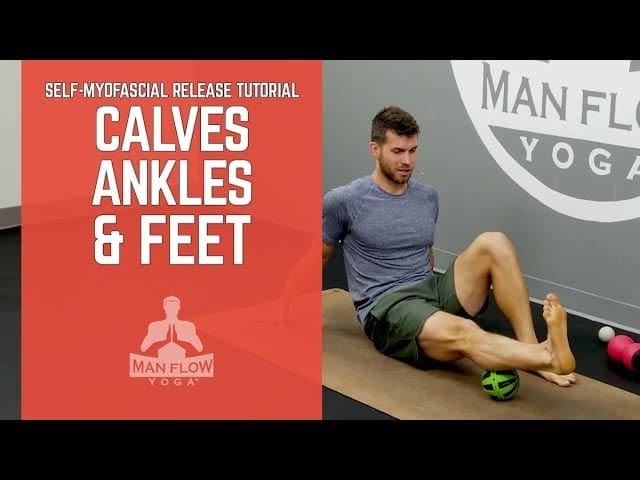
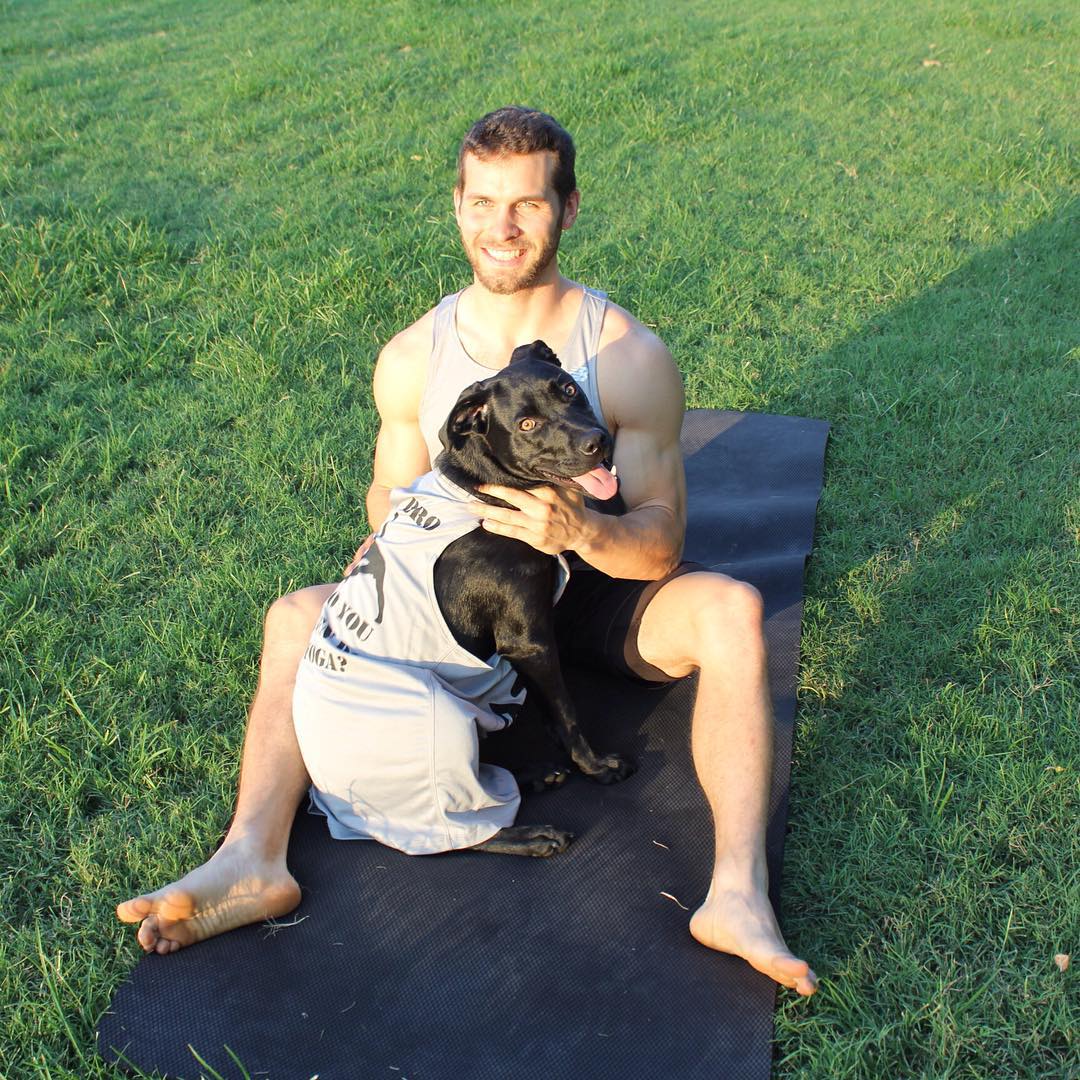


Nice read, Dean. Thanks!